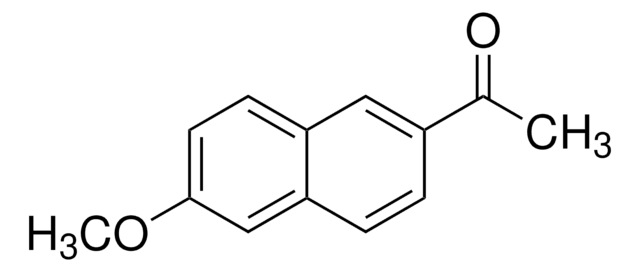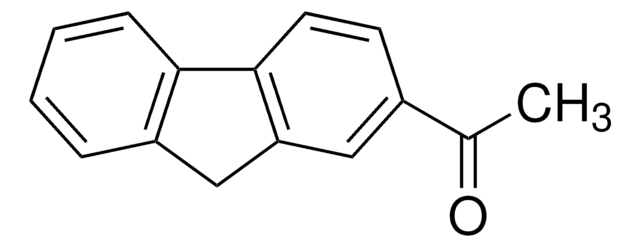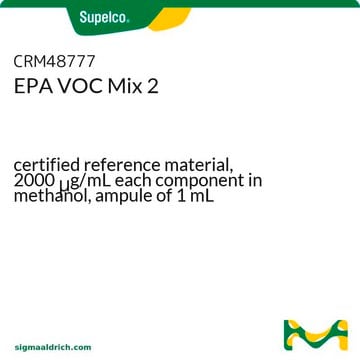MABN2655
Anti-Kynurenine Antibody, clone 11F9
Sinónimos:
(2S)-2-Amino-4-(2-aminophenyl)-4-oxo-butanoic acid
Seleccione un Tamaño
Seleccione un Tamaño
About This Item
Productos recomendados
origen biológico
mouse
Nivel de calidad
forma del anticuerpo
purified antibody
tipo de anticuerpo
primary antibodies
clon
11F9, monoclonal
mol peso
calculated mol wt 208.22 kDa
observed mol wt ~65 kDa
purificado por
using protein G
reactividad de especies
human
reactividad de especies (predicha por homología)
all
envase
antibody small pack of 100 μg
técnicas
western blot: suitable
isotipo
IgG1κ
secuencia del epítopo
Unknown
Nº de acceso Protein ID
Nº de acceso UniProt
temp. de almacenamiento
2-8°C
Descripción general
Especificidad
Inmunógeno
Aplicación
Evaluated by Western Blotting with Kynurenine modified Bovine serum albumin (BSA).
Western Blotting Analysis (WB): A 1:20,000 dilution of this antibody detected Kynurenine modified BSA, but not the unmodified BSA.
Tested applications
ELISA Analysis: A representative lot detected Kynurenine in ELISA applications (Staniszewska, M., et al. (2007). J Immunol Methods. 324(1-2); 63-73).
Immunocytochemistry Analysis: A representative lot detected Kynurenine in Immunocytochemistry applications (Staniszewska, M., et al. (2007). J Immunol Methods. 324(1-2); 63-73).
Western Blotting Analysis: A representative lot detected Kynurenine in Western Blotting applications (Staniszewska, M., et al. (2007). J Immunol Methods. 324(1-2); 63-73).
Immunohistochemistry Applications: A representative lot detected Kynurenine in Immunohistochemistry applications (Staniszewska, M., et al. (2007). J Immunol Methods. 324(1-2); 63-73).
Note: Actual optimal working dilutions must be determined by end user as specimens, and experimental conditions may vary with the end user.
Forma física
Almacenamiento y estabilidad
Otras notas
Cláusula de descargo de responsabilidad
¿No encuentra el producto adecuado?
Pruebe nuestro Herramienta de selección de productos.
Código de clase de almacenamiento
13 - Non Combustible Solids
Clase de riesgo para el agua (WGK)
WGK 1
Punto de inflamabilidad (°F)
Not applicable
Punto de inflamabilidad (°C)
Not applicable
Certificados de análisis (COA)
Busque Certificados de análisis (COA) introduciendo el número de lote del producto. Los números de lote se encuentran en la etiqueta del producto después de las palabras «Lot» o «Batch»
¿Ya tiene este producto?
Encuentre la documentación para los productos que ha comprado recientemente en la Biblioteca de documentos.
Filtros activos
Nuestro equipo de científicos tiene experiencia en todas las áreas de investigación: Ciencias de la vida, Ciencia de los materiales, Síntesis química, Cromatografía, Analítica y muchas otras.
Póngase en contacto con el Servicio técnico








